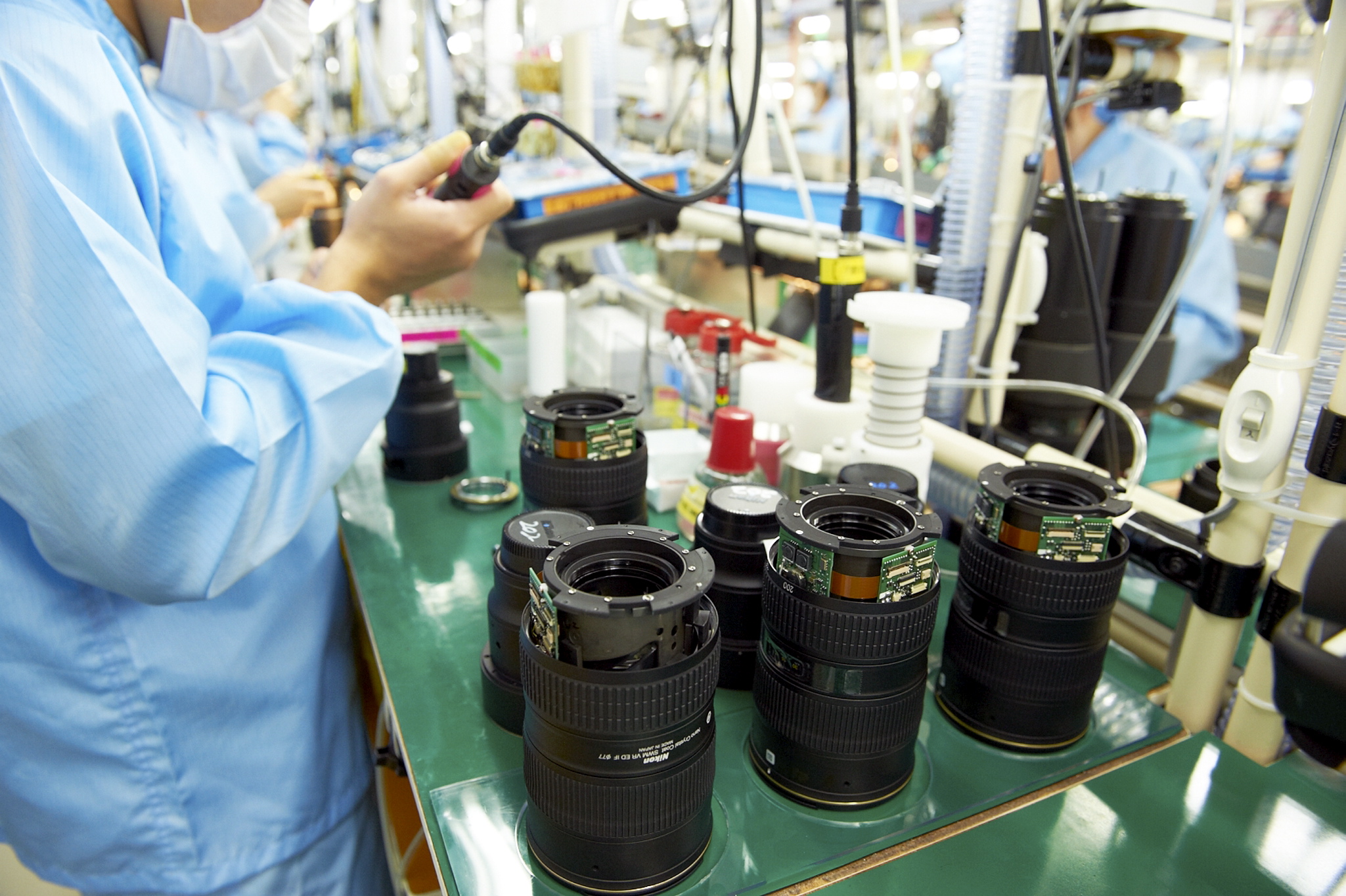ID :
277283
Fri, 03/08/2013 - 12:06
Auther :
Shortlink :
https://www.oananews.org//node/277283
The shortlink copeid
Nikon Camera Offers Quality And Satisfaction Beyond Expectations

By Mohd Nasir Yusoff
TOKYO (Japan), March 8 (Bernama) -- The experience gained during this writer's visit to the Nikkor plant, the maker of lenses for the Nikon cameras, left an indellible print in this writer's 'box of memories'.
During the visit, this writer witnessed the manual production and assembly of camera lenses, a procedure he initially thought was carried out by machines, including robots and computers. (picture)
The Nikorr plant in Tochigi is located some 140 km north of here.
At a glance, the plant appears similar to other factories commonly seen in Malaysia.
ANNIVERSARY
Recently, the plant opened its doors for the first time to a group of Southeast Asian journalists on its 80th anniversary this year, which also marked the production of 75 million lenses as of December 2012.
In the plant's bowels, this writer witnessed experts working on various sophisticated technologies for the production of interchangeable optical lenses of cameras that enable users to take pictures of high quality.
What’s interesting about the production of camera lenses is that it is carried out manually; the groundwork is done by machines and computers.
This writer was given the opportunity to witness the 'manual' assembling of the lenses at the Tochigi plant where the workers stood diligently while doing their work, never uttering any words as this may compromise the work quality.
According to a Nikkor spokesmen, Nikon was established in 1917 and it gave importance to work quality.
NO RANDOM INSPECTION
Each of the lenses was scrutinised by the experts apart from the routine standard inspection by computers.
There is no random inspection as Nikkor inspects each and every lens. This is in line with Nikon's values - 'Trustworthiness and Creativity' and 'Meeting Needs. Exceeding Expectations' aspiration.
The Nikkor Tochigi plant produces lenses for the following models of cameras: AFS 70-200 f/2.8 VR II, AFS 35mm f/1.4 G and AFS 200-400 f/4G as well as AFS 24-70 f/2.8G. However, only several hundreds of lenses are produced daily.
This is because assembling a lens takes time and effort.
EFFLUENTS
The plant has taken steps to ensure that its effluents are safe to be discharged into the river.
According to one of the plant's officials, the effluents do not pollute the river and are not harmful to the habitat and animals living in the water body, including fishes.
If a plant or factory is located in a residential area, various environmental issues would emerge. But this is not the case with Nikkor which has 450 workers who stay in the local community and help in boosting the local economy.
The Nikkor plant is also involved with many social activities including handing out contributions to schools and oragnising camps for school students.
Meanwhile at the 'Camera and Photo Imaging' world exhibition in Yokohama, this writer had the opportunity to winess how Nikon camera's 'in-lense vibration reduction' mechanism functions.
The mechanism reduces the effects of vibrations when a camera is in use.
Nikon had the largest booth in the 'camera producer' category at the exhibition. Several leading Japanese producers of camera and accessorioes participated in the exhibition.
On the opening day alone, the Nikon booth received 10,000 visitors. (photoBERNAMA)
MALAYSIA





